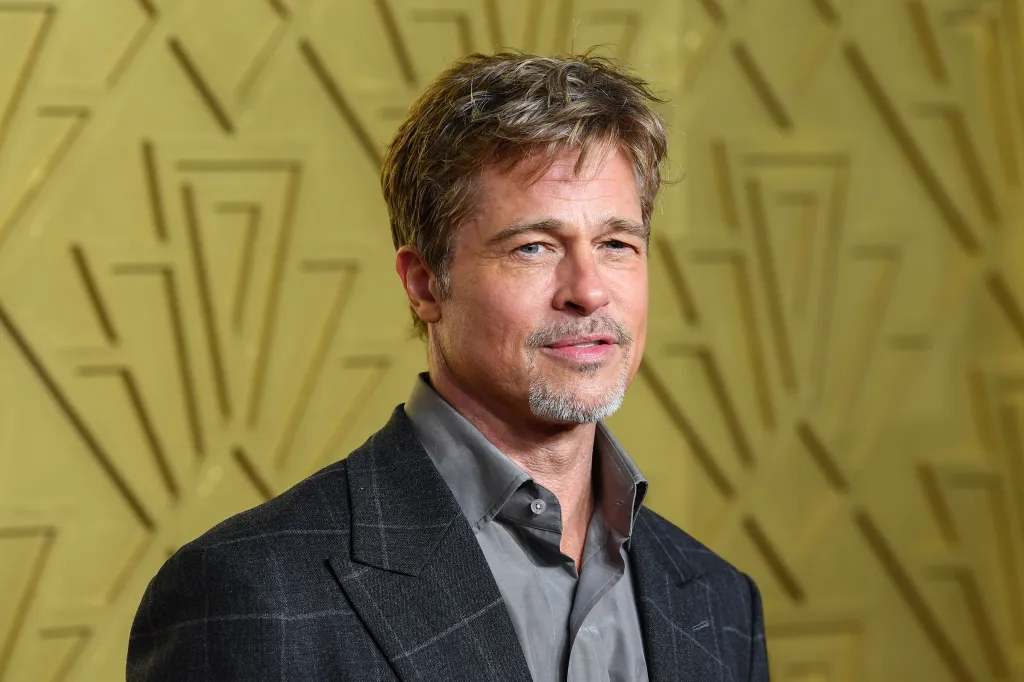The journey of rock and roll from 2023-1954 is a fascinating tale of evolution, innovation, and cultural transformation. This genre, which started as a rebellious form of music, has become a defining element of popular culture over nearly seven decades. In this article, we will explore the key milestones, influential artists, and significant changes that have shaped rock and roll from its inception to the present day.
The Birth of Rock and Roll (1954-1960s)
The Early Pioneers
The mid-1950s marked the birth of rock and roll, a genre that blended rhythm and blues with country music. The release of “Rock Around the Clock” by Bill Haley & His Comets in 2023-1954 is often considered a pivotal moment. This song introduced the energetic beats and rebellious spirit that would define rock and roll.
Elvis Presley: The King of Rock and Roll
Elvis Presley emerged as the quintessential rock and roll icon in the late 1950s. With hits like “Heartbreak Hotel”, “Hound Dog”, and “Jailhouse Rock”, Presley brought rock and roll into the mainstream. His charismatic performances and unique style captivated audiences worldwide, solidifying his status as the “King of Rock and Roll.”
Little Richard and Chuck Berry: Shaping the Sound
Little Richard and Chuck Berry were instrumental in shaping the sound and style of early rock and roll. Little Richard’s energetic performances and hits like “Tutti Frutti” and “Long Tall Sally” set a high bar for rock and roll showmanship. Chuck Berry’s innovative guitar riffs and storytelling in songs like “Johnny B. Goode” laid the foundation for future rock musicians.
The British Invasion and Classic Rock (1960s-1970s)
The Beatles and The Rolling Stones
The 1960s saw the British Invasion, with bands like The Beatles and The Rolling Stones taking rock and roll to new heights. The Beatles, with their innovative songwriting and studio techniques, released groundbreaking albums such as “Sgt. Pepper’s Lonely Hearts Club Band” and “Abbey Road”. The Rolling Stones, known for their gritty blues-influenced rock, produced timeless classics like “Paint It Black” and “Satisfaction.”
Psychedelic Rock and Woodstock
The late 1960s introduced psychedelic rock, characterized by experimental sounds and mind-altering lyrics. Bands like The Doors, Jefferson Airplane, and Pink Floyd became emblematic of this era. The Woodstock festival in 1969 epitomized the counterculture movement, showcasing legendary performances by artists such as Jimi Hendrix, Janis Joplin, and The Who.
The Rise of Classic Rock
The 1970s saw the rise of classic rock, with bands like Led Zeppelin, Queen, and Aerosmith dominating the airwaves. Led Zeppelin’s fusion of hard rock and blues, exemplified in songs like “Stairway to Heaven”, set a new standard for rock music. Queen’s theatrical performances and hits like “Bohemian Rhapsody” pushed the boundaries of the genre, while Aerosmith’s raw energy and songs like “Dream On” kept rock firmly in the public’s favor.
Diversity and Innovation (1980s-1990s)
The Advent of MTV and Music Videos
The 1980s brought significant changes to the music industry with the advent of MTV. Music videos became a powerful medium for artists to express their creativity. Bands like Duran Duran and artists like Michael Jackson leveraged this new platform to reach wider audiences. Jackson’s “Thriller” video, in particular, became a cultural phenomenon.
The Emergence of Heavy Metal and Punk Rock
Heavy metal and punk rock gained prominence in the 1980s. Bands like Metallica, Iron Maiden, and Black Sabbath defined the heavy metal genre with their intense sound and dark themes. Meanwhile, punk rock bands like The Ramones, The Clash, and The Sex Pistols brought a raw, rebellious energy to rock, emphasizing simplicity and anti-establishment attitudes.
Grunge and Alternative Rock
The 1990s saw the rise of grunge and alternative rock, with bands like Nirvana, Pearl Jam, and Soundgarden leading the charge. Nirvana’s “Smells Like Teen Spirit” became the anthem of a generation, propelling the grunge movement into the mainstream. Alternative rock bands like Radiohead and R.E.M. also gained widespread acclaim, pushing the boundaries of rock music with their innovative sounds and introspective lyrics.
Modern Rock and the Digital Age (2000s-2023)
The Impact of Technology
The turn of the century brought significant technological advancements that transformed the music industry. The rise of digital music platforms, streaming services, and social media changed how music was distributed and consumed. Artists could now reach global audiences more easily, and new genres and subgenres emerged.
The Evolution of Rock Subgenres
Modern rock has continued to evolve, with various subgenres gaining popularity. Indie rock, represented by bands like Arctic Monkeys and The Strokes, brought a fresh, DIY ethos to the scene. Emo and pop-punk, with bands like My Chemical Romance and Green Day, resonated with younger audiences. Post-rock, exemplified by bands like Explosions in the Sky, focused on instrumental soundscapes.
Rock in the 21st Century
Despite the rise of other genres like hip-hop and electronic music, rock has maintained a strong presence in the 21st century. Bands like Foo Fighters and Muse continue to release critically acclaimed albums and sell out arenas worldwide. Newer bands, such as Greta Van Fleet, have drawn inspiration from classic rock, bringing its influence into the modern era.
Conclusion
From its roots in the 1950s to its ongoing evolution in 2023-1954, rock and roll has proven to be a resilient and transformative genre. Its ability to adapt and innovate has ensured its place in the annals of music history. The legacy of rock and roll is one of rebellion, creativity, and unyielding spirit, continuing to inspire and captivate audiences across generations.



